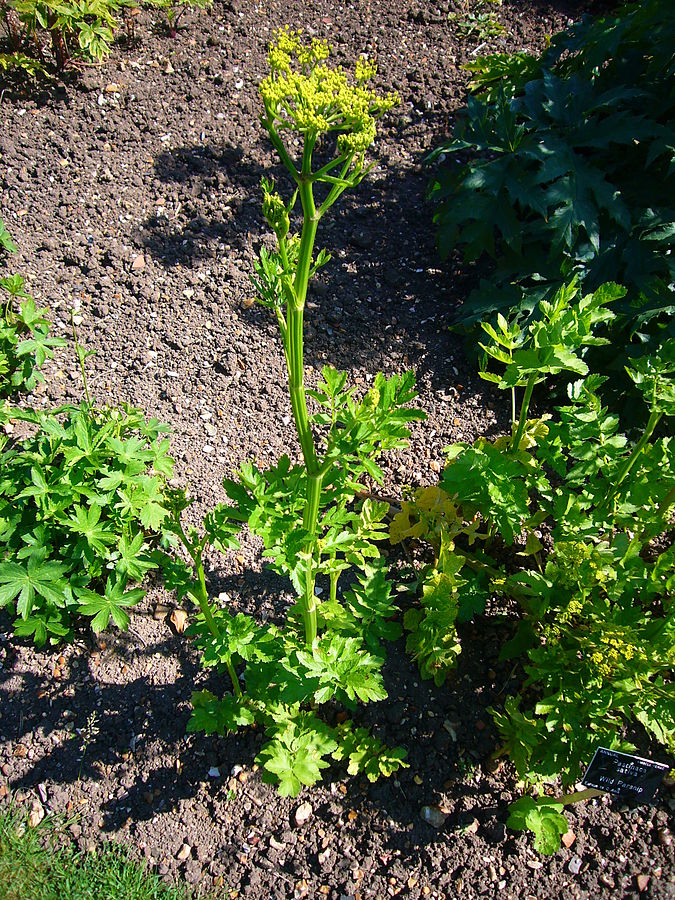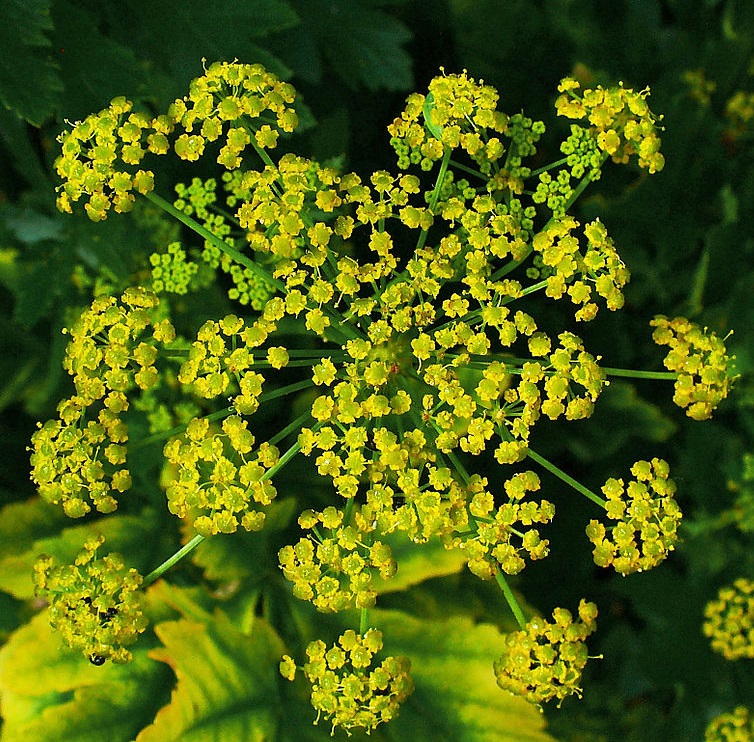Wild Parsnip

Wild Parsnip
(Pastinaca sativa)
Priority: - Prevent / EDRR
Tags: Agricultural | Toxic
Identification and Reproduction
Identification:
- This herbaceous biennial plant grows up to 1.2 m tall and closely resembles commonly cultivated parsnip.
- Leaves are alternately arranged on the stem, compound, yellow-green and branched. Each leaflet is diamond-shaped and coarsely toothed.
- Flowers form in a flat-topped umbel from the upper stem. It is made up of 12-35 tiny yellow flowers. Blooms occur from May and June.
Reproduction:
- Plants reproduce through seed.
- Umbels and branches can break off and become "tumbleweeds," further facilitating seed dispersal.
Habitat & Ecology
- Commonly occurs in sun exposed sites.
- Can thrive in a range of soil moisture levels.
- Shade intolerant.
- It is found in pastures, fields, savannas, meadows, railroads, roadsides, vacant lots and other disturbed sites.
Impacts
Social:
- Contact with this plant in combination with sun exposure can cause photosensitivity and result in severe blistering.
- Plant foliage can also be chemically toxic if consumed. It can irritate digestive tracts of herbivores.
- Will outcompete perennial crops and reduce tillage systems.
Ecological:
- Displace native vegetation.
Management
Prevention is a high priority for this species.
- Managed cultivated parsnip properly and ensure they do not accidentally escape cultivation.
Mechanical/Manual Control:
- Cut rosettes below the soil surface to prevent maturity.
- Continuous mowing in the growing season can also be effective. Mowing should take place prior to seed set.
- Plants can also be hand pulled or dug out in moist soil.
- Be sure to wear gloves, long sleeves and pants to avoid any skin exposure.
Resources
For more details check out the Invasive Species Center's factsheet, as well as the Best Management Practices in Ontario for Wild Parsnip.
More information also in the Invasive Species Compendium datasheet on Pastinaca sativa (parsnip).
Header photo (Andreas Rockstein).




